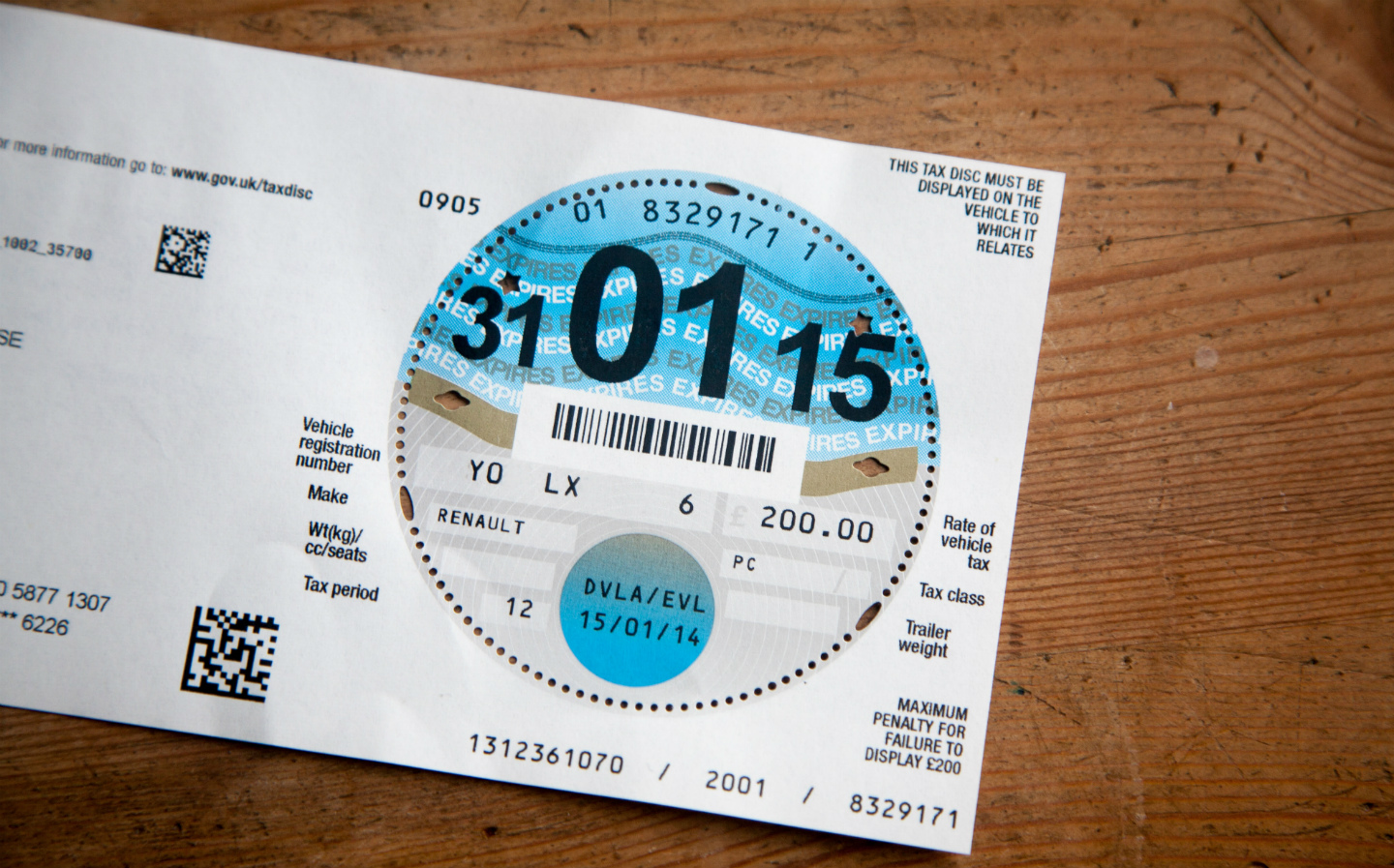Bring back tax disc, say drivers as clamping rises
Drivers face £100 fine if clamped; £200 if car is impounded

THE NUMBER of cars clamped has more than doubled since paper tax discs were abolished, leading to warnings that the reform has left a significant black hole in the government’s finances.
Figures obtained by The Times under the Freedom of Information Act show that vehicles clamped or impounded for non-payment of road tax peaked at more than 12,200 a month last summer, up from 5,530 before the change two years ago.
The amount of vehicle excise duty collected across the country dropped from an average of just under £510 million a month in the year before the change to less than £476 million a month in the year after. In the six months from October 2015 it was £484.6 million a month.
Browse NEW or USED cars for sale on driving.co.uk
Last night it emerged that NSL Services, the private company brought in to penalise drivers without road tax, and paid per clamp or removal, has been rewarded with a two-year extension to its contract with the Driver and Vehicle Licensing Agency (DVLA).
The disclosure prompted claims that the system was failing, with large numbers of drivers being punished for making a genuine error. The AA said that a second reminder should be issued to all drivers who fail to renew their tax before vehicles could be clamped. A recent poll of drivers found that three-quarters wanted the windscreen tax disc back. First issued in 1921, it was scrapped in October 2014 for an online system that allows motorists to spread payments by direct debit.
It was said it would save £14 million a year through cuts to bureaucracy. However, figures obtained by The Times suggested that losses through non-collection exceeded the savings made through the online system.
The amount of money collected by the DVLA fell from £6.118 billion in the 12 months before the change to £5.706 billion in the year afterwards.
Annual accounts show vehicle excise duty fell by £93 million
Last night the DVLA insisted that losses from the change were less than the figures suggested. It said that the move to monthly direct debits, with payments spread over longer, made it impossible to compare annual totals.
Its latest annual accounts said vehicle excise duty fell by £93 million after the first year of the new system — only 1.5 per cent of total revenue.
The agency also defended its tough stance against tax dodgers, insisting that a more lenient system “wouldn’t be fair on those who do the right thing” and pay on time. A spokeswoman said: “While DVLA does send reminders and last chance notices, action will be taken against those who don’t tax their vehicles.”
Edmund King, head of the AA, said: “It seemed like a good idea at the time but sometimes the old fashioned systems are the best. We can’t turn the clock back by reintroducing the tax disc but it’s clear that a follow-up reminder is needed before the clampers are allowed to take action.”
Steve Gooding, director of the RAC Foundation, said: “These numbers suggest that more needs to be done to ensure law-abiding drivers know what they need to do to stay on the right side of the rules.”
NSL Services runs a fleet of vans fitted with number plate recognition cameras linked to the DVLA database. Motorists are charged a £100 clamp release fee. If it is not paid within 24 hours, vehicles can be impounded and the fee doubles to £200. There is also a storage charge of £21 a day.
The DVLA said that the company was not paid a retainer but was funded “per clamp/action”. Its current contract was extended for another two years in November 2016.
Graeme Paton
This article first appeared in The Times




